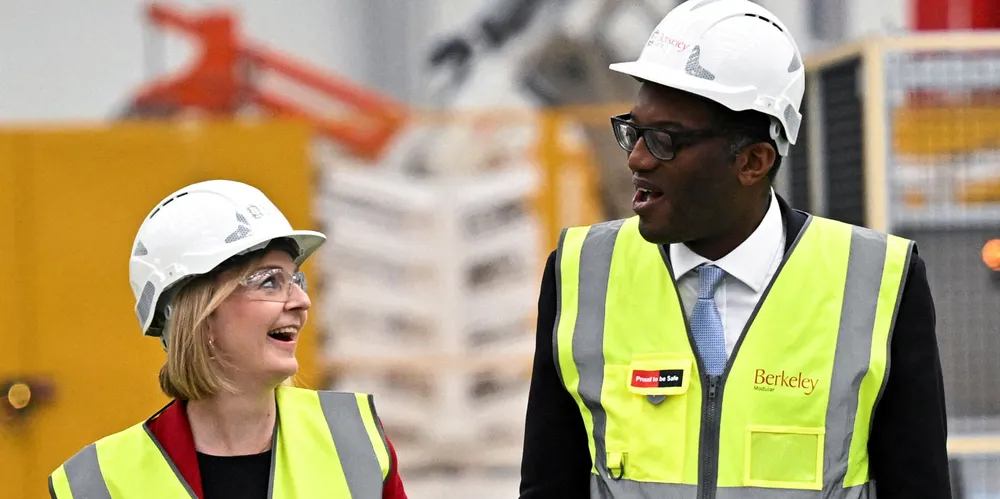New UK government prioritises delivery of 'vital' blue hydrogen projects in emergency budget
Hynet and East Coast Cluster listed among infrastructure projects to be 'accelerated as fast as possible'

Hynet and East Coast Cluster listed among infrastructure projects to be 'accelerated as fast as possible'
